Advanced Conversion Technologies is the term for technologies such as gasification and pyrolysis. These could become competitors with Anaerobic Digestion. In fact, a number of innovative advanced, high-temperature processes for Energy from Waste/ Waste to Energy, are beginning to emerge from the far east.
Extracting Energy from Waste Provides a Sustainable Source of Energy
Advanced conversion technologies are emerging as a viable solution to extract energy from waste in today's world, where climate change and waste management are major concerns. These technologies have the potential to reduce waste while also providing a sustainable source of energy.
Gasification is one such technology, which involves heating waste in an oxygen-free environment to produce syngas. The syngas is then burned in order to generate heat and electricity. This process is highly efficient and can generate energy from a variety of waste streams, such as municipal solid waste, agricultural waste, and industrial waste.
Pyrolysis is another growing technology that involves heating waste in the absence of oxygen to produce a liquid called bio-oil, a gas called syngas, and a solid called biochar. Bio-oil and syngas can be used to generate electricity and heat, respectively, whereas biochar can be used as a soil amendment or a carbon sink.
Anaerobic digestion, in addition to these technologies, is being used to convert organic waste into biogas. Biogas is a methane and carbon dioxide mixture that can be used to generate electricity and heat. This method can be applied to a variety of organic waste streams, including food waste, animal manure, and agricultural waste.
Benefits of Advanced Conversion Technologies
These advanced conversion technologies provide numerous advantages. For starters, they can help to reduce waste and keep it out of landfills, where it can harm the environment. Landfills emit a significant amount of methane, a powerful greenhouse gas that contributes to climate change.
Second, these technologies have the potential to provide a sustainable source of energy, reducing our reliance on fossil fuels. We can reduce greenhouse gas emissions and mitigate climate change by generating electricity and heat from waste.
Third, these technologies have the potential to help create jobs and boost economic growth. We can create new industries and revenue streams by investing in advanced conversion technologies.
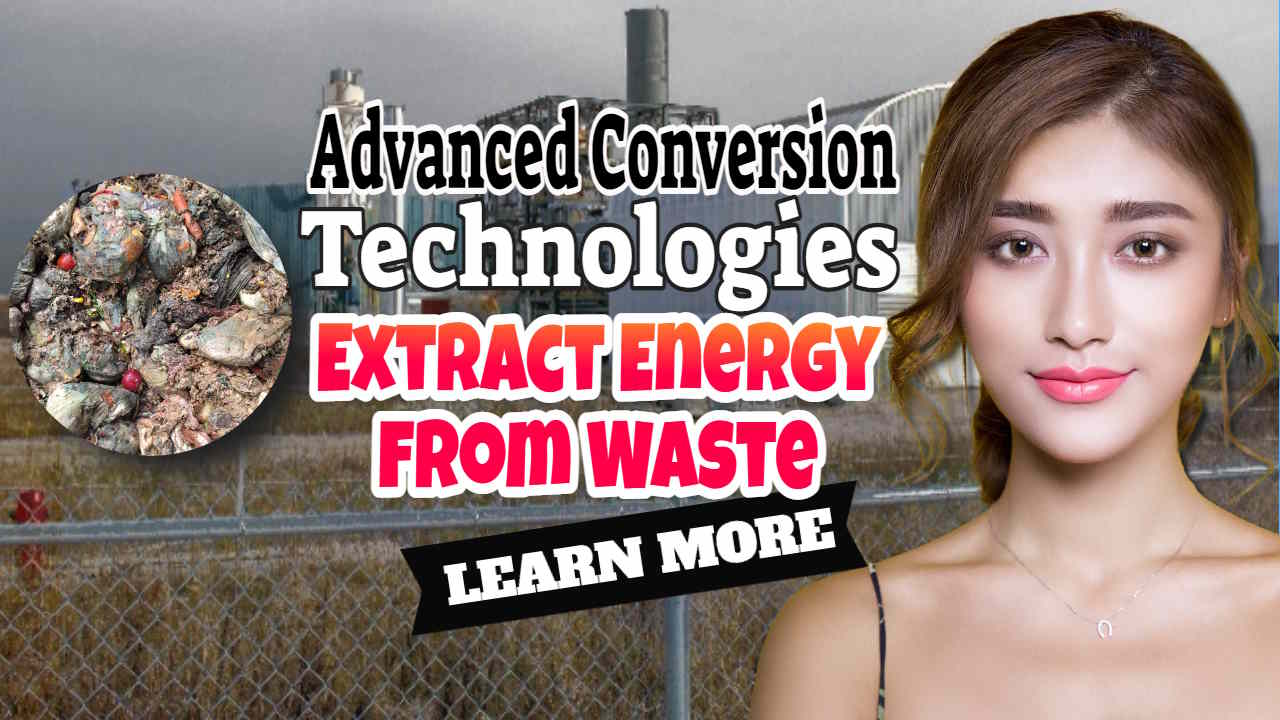
Suitable wastes for processing by Advanced Conversion Technologies include:
- wood waste and
- municipal wastes.
Woody wastes are not easy to digest through anaerobic digestion, and these new techniques may be much better suited to obtaining efficient Energy from Waste outputs from wood waste.
Choice of an Advanced Conversion Technology Must First Comply with UK Waste Regs and the Waste Hierarchy
The sub-topic of our meme today is the UK Waste Regs. and how important it is when planning a UK energy from waste (EfW) project, not to “fall and get hurt by” the Waste Hierarchy!
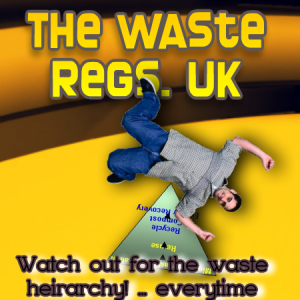
The current requirements for compliance of new AD plants (including feedstock changes) and new and existing energy from waste facilities, with UK Waste regulations, need early consideration in any EfW project.
“Recovering energy from waste is only appropriate for waste that cannot be prevented, reused or recycled with less greenhouse gas emitted.Energy recovery can be a sustainable option for waste that would otherwise go to landfill and create landfill methane emissions.”
The report below defines two Advanced Energy from Waste Conversion Technologies, as follows:
Gasification
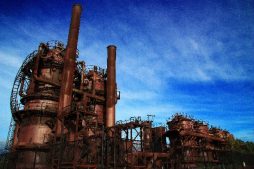
Gasification is a type of advanced conversion technology that produces a combustible gas that is a mixture of carbon monoxide, hydrogen, carbon dioxide and methane. This gas can be used directly to generate heat and electricity.
Alternatively, it can be upgraded to an ultra-clean gas called syngas. This can be used to manufacture either biomethane, which can be injected into the national gas grid, or transport fuels such as hydrogen, ethanol, synthetic diesel or jet fuel. The energy given off can be harnessed to generate heat and power.
Pyrolysis
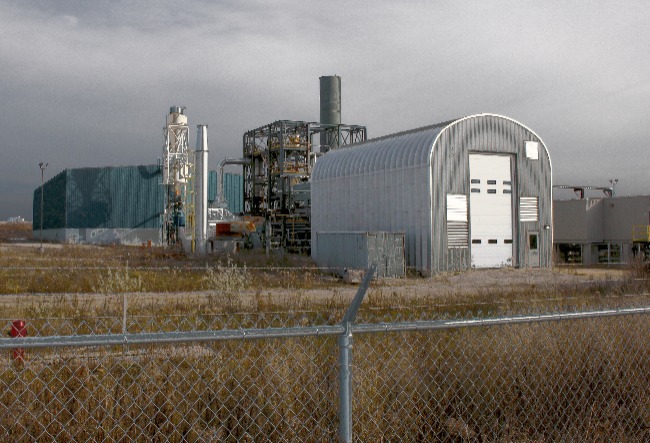
Pyrolysis is a type of advanced conversion that can be used to produce either a combustible gas, oil or solid char (sometimes known as bio-coal).
In the future, it will be possible to upgrade pyrolysis oil to produce petrol and diesel using oil refining techniques.
The choice of technology for any project depends on the type of waste available, local circumstances and finance. via the Gov.UK website here.
More information on the different Advanced Conversion Technologies is available on the NNFCC website.
Advanced Conversion Technology (ACT) Beset by Problems in the UK
Advanced Conversion Technology (ACT), is seen as the next generation of thermal waste-to-energy technologies offering many benefits over conventional thermal treatment methods. In particular, once successfully implemented ACT should be more sustainable than present-day incinerators.
But, following several high-profile setbacks for ‘advanced conversion technologies', some are now questioning whether gasification and pyrolysis can ever work at a large scale to treat residual waste.
For well over a decade now, various forces in the UK have been trying to develop advanced conversion technology (ACT) for the treatment of residual waste as an alternative to landfill or mass-burn incineration.
Not Much Real Progress on Advanced Conversion Technologies in the UK Since 2003
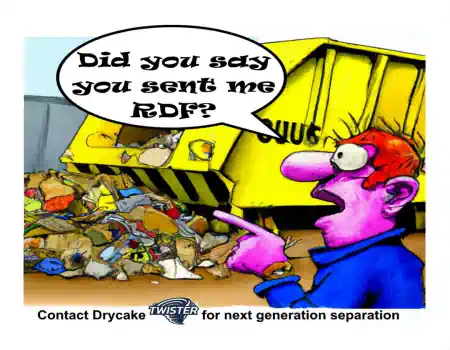
Way back in 2003, the previous Labour government launched its New Technology Demonstrator Programme with the aim of overcoming the ‘real and perceived risks associated with technologies like anaerobic digestion (AD), mechanical biological treatment (MBT), mechanical heat treatment (MHT), gasification and pyrolysis.
Indeed, only one ATT project – the ex-incinerator on the Isle of Wight that Energos retrofitted with gasification technology – was even able to complete the project to a meaningful degree. But, not for long when due to inefficient operation and high costs it was shut down.
Rather than directly releasing energy, the processes produce ‘syngas', made up of hydrogen and carbon monoxide, which can be used to produce energy through steam turbines, for instance, or can, in theory, be used directly as a fuel, which would result in higher conversion efficiencies. via resource.co
Conclusion – Advanced Conversion Technology
Finally, these technologies can aid in the advancement of a circular economy. We can create a closed-loop system where waste is reused and recycled by converting waste to energy, reducing the need for virgin materials and promoting resource efficiency.
While these technologies provide numerous benefits, they also present challenges that must be addressed. The high cost of implementing these technologies, for example, can be a barrier to adoption, and more research and development are needed to improve their efficiency and effectiveness.
Finally, advanced conversion technologies offer a promising solution to the waste management and energy production challenges.
We can reduce waste, promote sustainability, and create new opportunities for economic growth by investing in these technologies. It is past time for us to embrace these technologies and strive for a more sustainable future.
[This article was first uploaded on 31 January 2013. It was updated in September 2019, and again in March 2023.]







What’s Going down i’m new to this, I stumbled upon this I’ve discovered It positively useful and it has helped me out loads.
I’m hoping to contribute & help different customers like its helped me.
Great job.